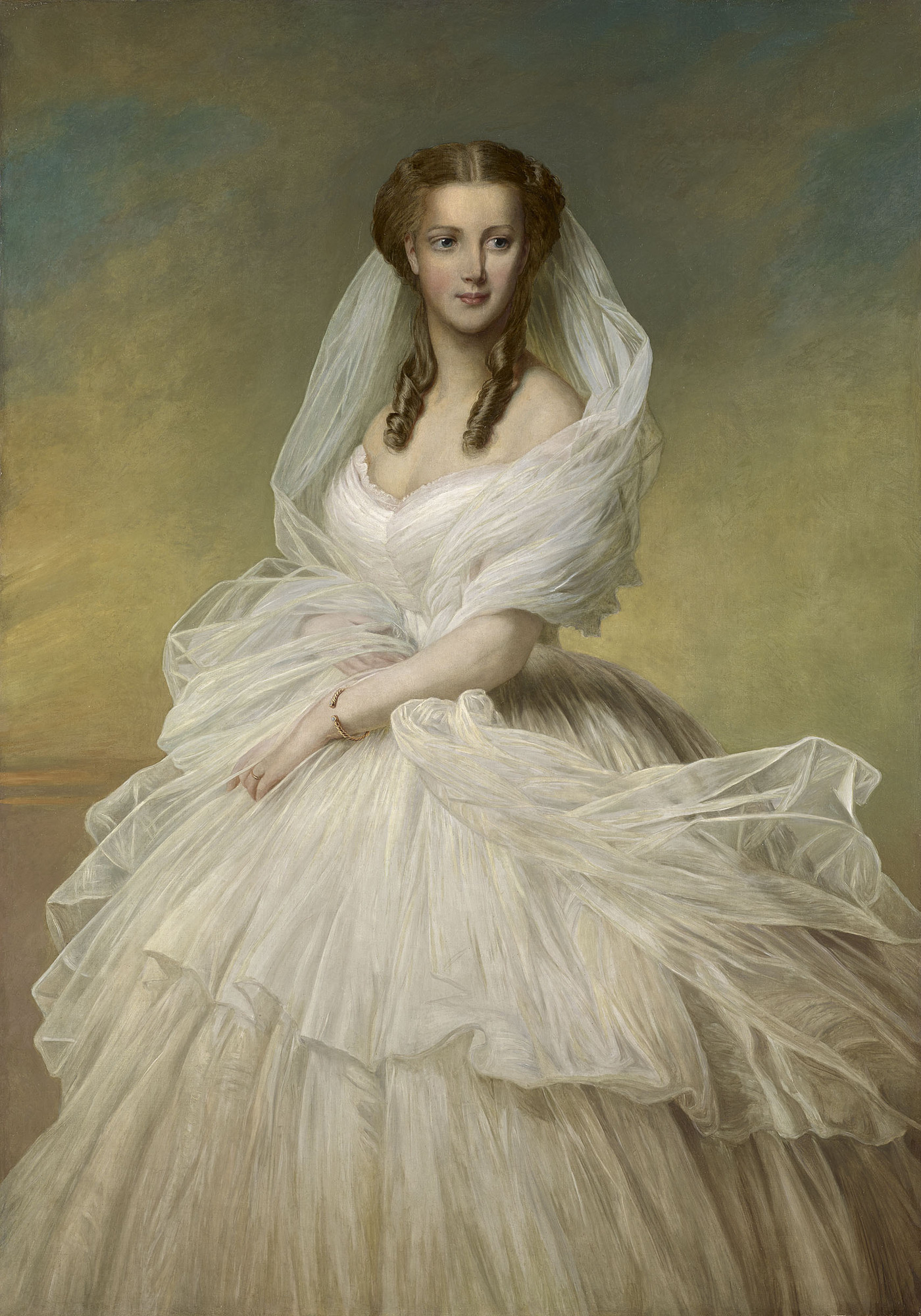“The royal daughter is all glorious within the palace; Her clothing is woven with gold. She shall be brought to the King in robes of many colors; The virgins, her companions who follow her, shall be brought to You. With gladness and rejoicing they shall be brought; They shall enter the King’s palace” (Psalm 45:13–15.)
“‘Let us be glad and rejoice and give Him glory, for the marriage of the Lamb has come, and His wife has made herself ready.’ And to her it was granted to be arrayed in fine linen, clean and bright, for the fine linen is the righteous acts of the saints. Then he said to me, ‘Write: “Blessed are those who are called to the marriage supper of the Lamb!”’ And he said to me, ‘These are the true sayings of God’” (Revelation 19:7–9.)
The wedding of Prince Harry and Meghan Markle fills the headlines, but most people are oblivious to the far greater royal wedding that still lies in the future. No regal nuptials in the past or present can compare with the glorious marriage supper of the Lamb, spoken of in Revelation 19. The Lord Jesus picked the ultimate “commoner”: a bride corporately composed of former slaves to sin, who were redeemed from the bondage of a wicked world and purified from a fallen world’s filth. “Husbands, love your wives, just as Christ also loved the church and gave Himself for her, that He might sanctify and cleanse her with the washing of water by the word, that He might present her to Himself a glorious church, not having spot or wrinkle or any such thing, but that she should be holy and without blemish” (Eph. 5:25–27.) To save and sanctify His spiritual bride, the Lord Jesus suffered the worst death imaginable. He was tortured physically and emotionally by His creatures; nevertheless, He also suffered divine wrath against mankind’s sin, and paid for their every disobedience (1 Cor. 15:3-4; 2 Cor. 5:21.) As the hymn says:
“From heav’n He came and sought her
To be His holy Bride;
With His own blood He bought her,
And for her life He died.”[1]
Never did an ardent suitor risk more to win a blushing bride, nor are the legends of courageous knights fighting dragons to rescue fair maidens analogous with the historical real-life-adventure-romance of the Son of God’s deliverance of His consort. Christ’s future wedding feast will make all earthly pageantry pale in comparison with the glory of Christ celebrating with His redeemed bride, the church.
The Bride’s Radiant Apparel
Although Anne Ross Cousin’s classic hymn, “Immanuel’s Land” rightly avers that “The Bride eyes not her garment, but her dear bridegroom’s face / I will not gaze on glory, but on my King of grace,” the garment is not without significance: the bride fashions her glorious garb out of her collective “righteous acts” (Rev. 19:8.)[2] Of course these deeds are divinely empowered (Phil. 2:13); as the Lord said: “I am the vine, you are the branches. He who abides in Me, and I in him, bears much fruit; for without Me you can do nothing” (John 15:5.) As believers do good works in the Spirit’s power they glorify their Father in heaven (Matt. 5:16.) Simultaneously, they also stitch on another piece of their future glorified wedding garment. Ministry to the poor, evangelism, mercy towards the weak, encouraging the downcast, and teaching others God’s truth are just some of the ways that the saints have contributed to that beautiful clothing. Millions of believers – many toiling in anonymity, unnoticed by this world – continue these wonderful works, so that the Church will be fitly arrayed to stand beside her Lord in glory.
A Wedding That Is Millennia In The Making
Yet unlike most earthly weddings, the bridegroom will be the center of attention on that future heavenly nuptial day. In parabolic form, our Lord spoke of His sudden and dramatic appearance: “And at midnight a cry was heard: ‘Behold, the bridegroom is coming; go out to meet him!’” (Matthew 25:6.) Spurgeon captured the feeling of all true believers in his classic hymn:
“Thou glorious Bridegroom of our hearts,
Thy present smile a heav’n imparts!
Oh lift the veil, if veil there be,
Let every saint Thy beauties see!”[3]
When we think of Christ’s love for us, our hearts long to do something to demonstrate our gratitude for “His indescribable gift” (2 Cor. 9:15.) But the truth is, we can never remotely repay the debt of love we owe. All that we can do is offer our love, praise, and worship to the Lord who loved us so much that He paid for our sins by sacrificially dying on the cross. Even after He rose again, He thought of His people and left us with His promised, practical peace (John 14:27.) Samuel Stennett expressed it well:
“Jesus, we ne’er can pay
The debt of love we owe;
Yet grant us day by day
Our gratitude to show;
Our life, our all, to Thee we give;
To Thee, by whom alone we live.”[4]
Are you preparing for the royal wedding? Set your eyes on the heavenly groom and begin serving Him as you wait the consummation of His glorious return.
ENDNOTES
- S.J. Stone, “The Church’s One Foundation.” ↑
- Cousin’s hymn was based on a sermon by Samuel Rutherford. ↑
- C.H. Spurgeon, “Amidst us our beloved stands.” ↑
- Samuel Stennett, adapted, #375, The Believer’s Hymn Book. ↑
